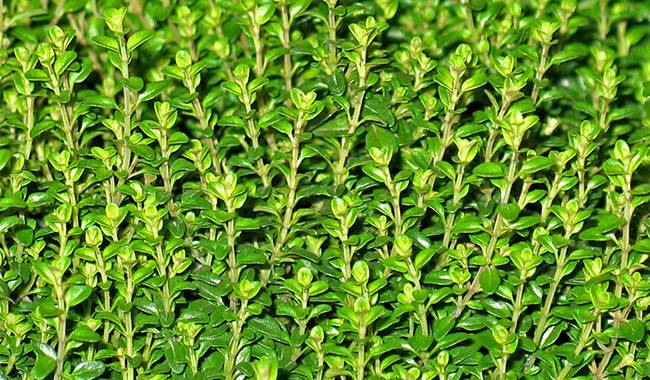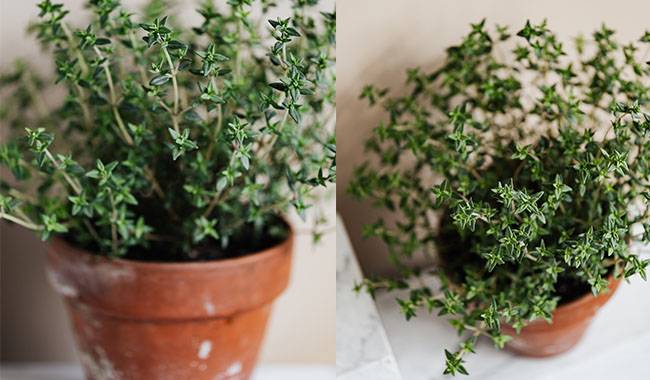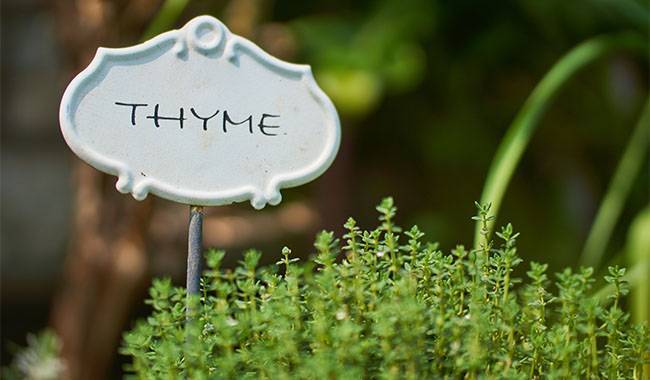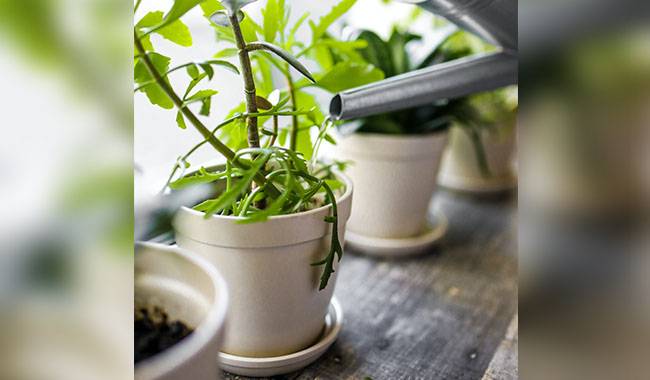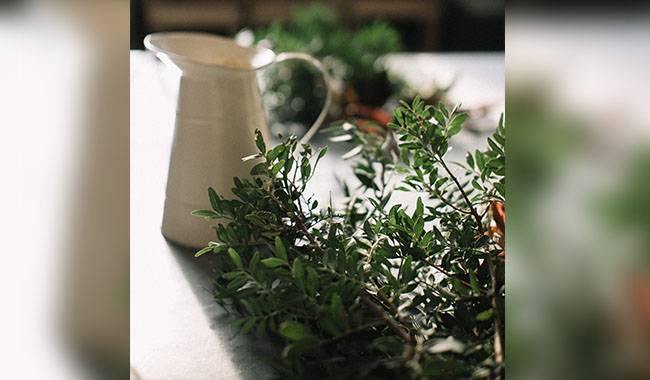
How to care for thyme? It is not enough to grow thyme at home, maintenance is also an essential part of growing ornamental spices. As mentioned earlier, when growing thyme shrubs from cuttings and seeds, the soil should be kept constantly moist.
Once the plants have rooted and formed new shoots, watering should be significantly reduced, as too much water can lead to root rot. However, allowing the soil to dry out will also be detrimental.
Therefore, watering once a week is quite enough. The water should be soft and well-drained. For the full development of thyme, you can feed the plant with mineral fertilizer in spring.
It is important to keep the pot warm and brightly lit with spicy herbs. Lacking sunlight, its branches stretch to the top and become thin, losing not only their decorative appearance but also their fragrance.
Care of thyme also includes gently loosening the soil in the pot on a regular basis. However, this must be done very carefully so as not to damage the roots.
THYME CARE
This plant is very rustic. It grows and reproduces well. It does not require much attention or labor.
Watering
Thyme creeper is considered a drought-tolerant plant, so when watering it, stick to the right amount and do not overdo it. If it is not dry in the summer, you can skip watering altogether.
Thyme will also meet natural rainfall. In case of drought, it can also be watered, but without too much enthusiasm, except for a few additional waters during the developmental and flowering periods.
Fertilization
Thyme is not particularly in need of fertilizers. Even on the contrary, it grows poorly on soils rich in them. But if the soil is still poor, then a little mineral fertilizer or urea can be done after one year of planting.
Loosening
The soil around the thyme bush should be loose and well permeable to water and air. So it should be loosened regularly. This is especially important in its early years. Also, remove any emerging weeds.
Pruning of thyme
It is specifically used to give the plant a more regular and beautiful appearance. Older plants can also be rejuvenated by cutting two-thirds of their stems to bare wood after flowering.
Thyme overwintering
Thyme also tolerates winter very easily. However, if frosts are severe and snow cover is inadequate, its likelihood of frost is high.
It is advisable to insure and cover thyme in winter. Nothing special should be invented. It is enough to cover with any mulching material. Special artificial or simple: sawdust, peat, compost, fallen leaves.
Tips
Be sure to weed and gently loosen the plant. Water the thyme, but not too much. Keeps the soil from drying out, but also avoids souring. Thyme is winter hardy, but I still cover mine with fallen birch leaves.
I made my first fertilizer in the form of urea back in early spring.
From the second year, you can feed thyme in the spring with cowpea liquid and mineral fertilizer. It is necessary to know: thyme does not like fresh manure.
If thyme is pruned to the woody part, the bush will be more compact and dense.
Perhaps, this is all the difficulties of raising thyme and caring for it. Subject to the above rules, you can use the fine branches of the plant for culinary and medical purposes in the first year. The bush quickly recovers and grows new shoots.




